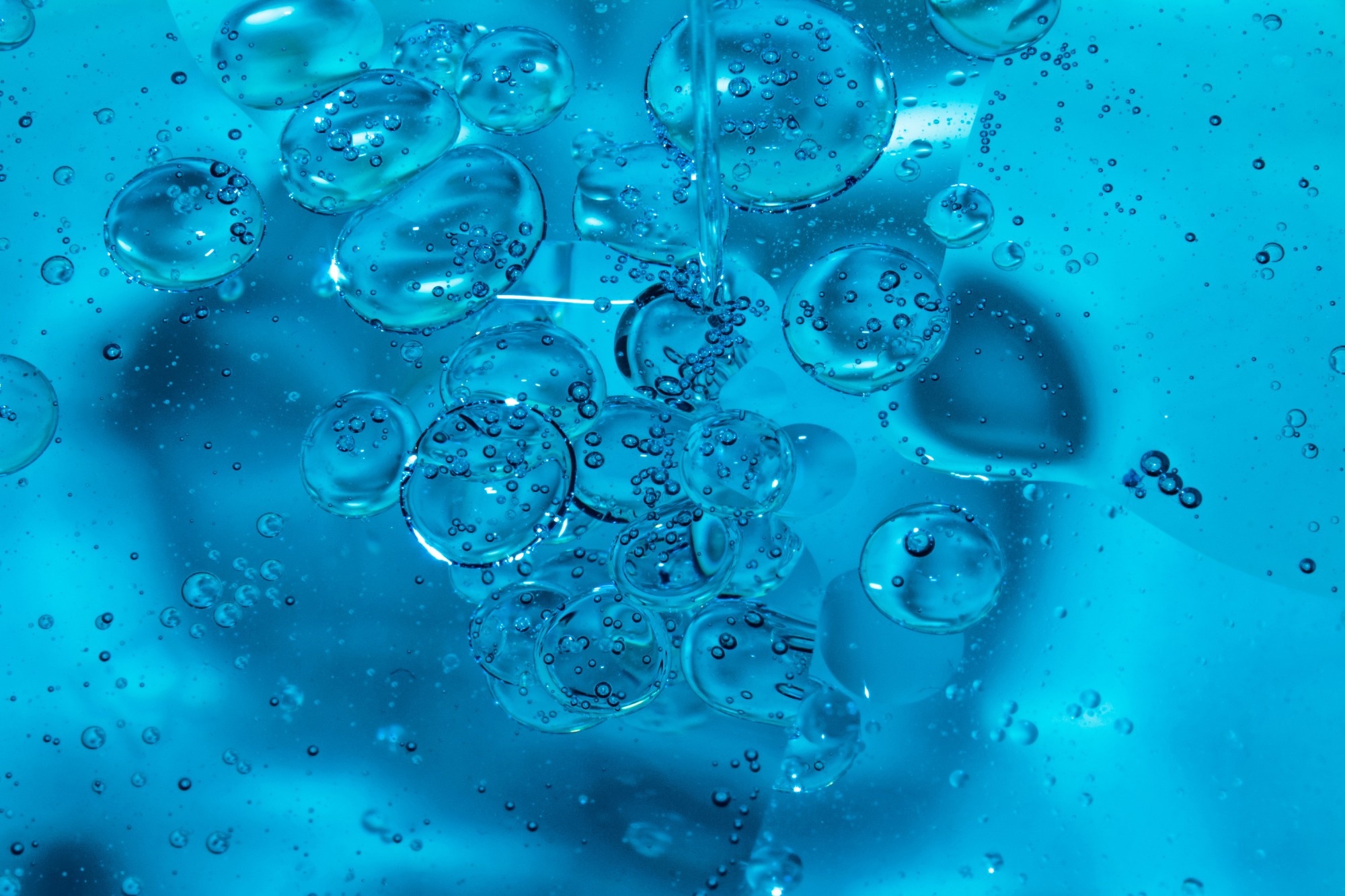Scientists have developed data-driven hydrogels that stick instantly and strongly underwater, using protein-inspired polymer design and machine learning to boost performance in marine and biomedical settings.

Image Credit: FlashMovie/Shutterstock.com
Designing soft materials such as gels and elastomers involves striking the right balance between chosen chemicals, ratios, and arrangements of monomers to produce a material with the desired properties. As a result, there is a virtually limitless number of possible combinations.
Data mining (DM) and machine learning (ML) are increasingly valuable in material development, as they allow researchers to analyse complex behaviours more accurately and develop new materials faster. But these methods depend on high-quality datasets, which are hard to obtain when experimental evidence is sparse and potential material designs are numerous.
Adhesive hydrogels are one example. They hold promise for advanced applications, from biomedical devices to marine engineering, but achieving strong and repeatable underwater adhesion is difficult. Multiple monomer types have been identified, yet no clear, universal design rule exists to guide optimized formulation.
Mining Proteins For Clues
In this study, published in Nature, researchers compiled a dataset of 24,707 adhesive proteins from the National Center for Biotechnology Information, retrieved using the keyword “adhesive protein.” These proteins came from 3,822 organisms: bacteria, archaea, viruses, eukaryotes, and artificial constructs. The team ranked species by protein count and selected the top 200 for further analysis.
They used multiple sequence alignment with Clustal Omega to generate consensus sequences for each species. From these, they developed a hydrogel design strategy based on six functional monomers, each representing one of the six functional amino acid classes.
Monte Carlo simulations (guided by the Mayo-Lewis copolymerization model) were then used to predict the sequence properties of 180 heteropolymers. These simulations incorporated recorded reactivity ratios and the calculated monomer proportions.
Putting The Designs To The Test
The 180 DM-driven gels were synthesized in a one-pot free-radical copolymerization process, using dimethyl sulfoxide (DMSO) as the solvent, functional monomers, and crosslinkers. The gels were evaluated for volume swelling ratio, rheological behaviour, and underwater adhesion strength, with tack tests performed on glass substrates in normal saline.
Both ML- and DM-derived gels were transparent and showed frequency-independent storage moduli, indicating negligible aggregation in DMSO and similar network topology despite compositional differences.
The three top-performing ML gels were compared with the best DM gel, known as G-max. All gels shrank when equilibrated in normal saline, but the ML gels displayed higher opacity, stronger viscoelasticity, greater modulus values, and improved toughness, attributes that contributed to their superior adhesion.
Download your PDF copy now!
Real-World Demonstrations
Adhesion strength increased with both loading force and contact time, plateauing once water drainage and interfacial contact at the hydrogel-substrate boundary were maximized. While ML gels performed similarly in artificial seawater (0.7 M NaCl), their adhesion varied in normal saline and deionized water, showing how subtle compositional changes affect environmental performance.
To demonstrate the usefulness of these materials, one ML-driven gel was used to fix a rubber duck to a seaside rock, maintaining adhesion through constant wave impact. Another, optimized for freshwater, instantly sealed a 20 mm-diameter hole in the base of a three-meter-tall polycarbonate pipe filled with tap water, stopping a high-pressure leak.
All hydrogels showed good biocompatibility when implanted subcutaneously in mice, demonstrating their potential for biomedical uses.
Next Steps
The team has created an end-to-end data-driven framework linking protein sequence extraction, scalable polymer synthesis, and iterative ML refinement. The approach could be applied to other functional soft materials, from medical adhesives to deep-sea structural sealants.
Remaining challenges include broadening monomer diversity, scaling datasets, and achieving precise polymer sequence control in large-scale fabrication. Addressing these will require advances in polymerization technology, expanded monomer libraries, and physics-informed ML models capable of generalizing across different material systems.
Journal Reference
Liao, H. et al. (2025). Data-driven de novo design of super-adhesive hydrogels. Nature, 644(8075), 89–95. DOI: 10.1038/s41586-025-09269-4. https://www.nature.com/articles/s41586-025-09269-4
Disclaimer: The views expressed here are those of the author expressed in their private capacity and do not necessarily represent the views of AZoM.com Limited T/A AZoNetwork the owner and operator of this website. This disclaimer forms part of the Terms and conditions of use of this website.